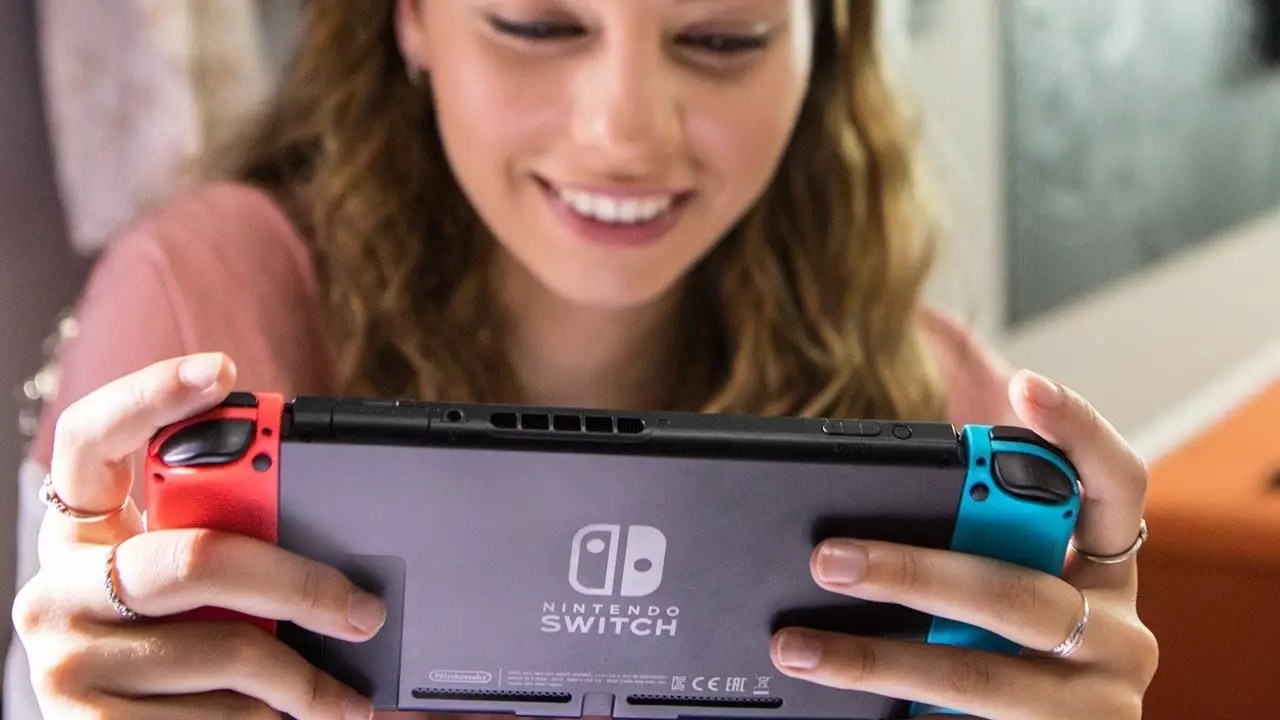As we approach 2025, Nintendo is taking significant steps to ensure a smooth transition from the immensely successful Nintendo Switch to its anticipated successor, often referred to as the Switch 2. The company’s commitment to supporting the existing Switch system, which has sold over 150 million units globally, reflects an understanding of the gaming landscape’s complexities. In a recent financial briefing, President Shuntaro Furukawa elucidated this transition, striking a balance between developing new content for the current platform and generating excitement for the upcoming hardware.
Nintendo’s strategy seems rooted in the acknowledgment that a sizable player base remains engaged with the Switch. The announcement of notable titles such as “Pokémon Legends: Z-A” and “Metroid Prime 4: Beyond,” both scheduled for launch in 2025, indicates that the company is eager to cater to its loyal fanbase as it prepares for the future. However, Furukawa’s remarks on the importance of exclusives when releasing new hardware highlight an essential aspect of ensuring new systems gain traction.
At the heart of Nintendo’s planning is the player’s experience, which can be deeply unpredictable. The company recognizes that while the Switch has firmly established its place in the market, new offerings and exclusive titles are crucial in capturing the attention of both existing and potential consumers. Furukawa mentioned the strategic necessity of appealing software to retain players, hinting at a thoughtful approach to the amount and type of new releases during the transitional phase.
This consumer-centric mentality is pivotal. By continuing to release high-quality titles for the Switch, Nintendo aims to prevent a sense of abandonment among its user base, encouraging them to remain engaged until the Switch 2 is launched and supported by a robust lineup of exclusive games. Such tactics echo Nintendo’s lifecycle management observed in the 3DS, where the company maintained momentum in software development even after the next generation’s debut.
With the Switch 2 expected to debut later this year, gamers are rife with anticipation. Many look forward to a more powerful system capable of delivering enhanced graphics and performance. The upcoming ‘Direct’ broadcast promises more insight into this new hardware’s capabilities and lineup, offering fans a glimpse into what the future holds. However, it’s clear that Nintendo is committed to fostering a sense of continuity in gaming experiences as users transition to the new platform.
The questions surrounding early adoption are telling. Should gamers jump on board with the Switch 2 from the start, or will they continue to enjoy the current Switch as long as new games are released? This dilemma reflects a broader consumer psychology that Nintendo must consider as it plots its marketing course for both systems.
Nintendo’s dual approach to supporting the existing Switch while preparing for the Switch 2 highlights a strategic understanding of consumer needs and market dynamics. By thoughtfully navigating the transition and ensuring a rich software lineup, the company is setting the stage for another successful generation of gaming. As new titles are unveiled and interest in the Switch 2 grows, all eyes will be on how effectively Nintendo can manage this pivotal moment in its storied history.


Leave a Reply